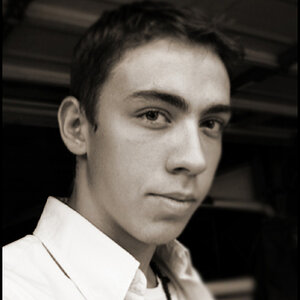SamHodde
TPF Noob!
- Joined
- Feb 6, 2017
- Messages
- 2
- Reaction score
- 0
- Can others edit my Photos
- Photos NOT OK to edit
Hi All,
I shot a bit of 35mm a few years ago in college and have since been shooting exclusively digital for work and other things since then. I recently picked up a Mamiya 645 Pro to try my hand at MF film and do something new. I got my first few rolls back from the lab the other day and after looking at my prints I've noticed a few things I wanted to ask other shooters about.
-I noticed that a lot of my photos were soft or the focus was not where I remember focusing when I made the image. I'm familiar with focusing on a split focusing screen and I remember focusing so that the two halves of the image matched up.
Is the DOF shallower on MF because the imaging area is so much larger?
Is there a trick to focusing I haven't picked up yet?
Let me know if there is any other info I can provide!
Thanks!
I shot a bit of 35mm a few years ago in college and have since been shooting exclusively digital for work and other things since then. I recently picked up a Mamiya 645 Pro to try my hand at MF film and do something new. I got my first few rolls back from the lab the other day and after looking at my prints I've noticed a few things I wanted to ask other shooters about.
-I noticed that a lot of my photos were soft or the focus was not where I remember focusing when I made the image. I'm familiar with focusing on a split focusing screen and I remember focusing so that the two halves of the image matched up.
Is the DOF shallower on MF because the imaging area is so much larger?
Is there a trick to focusing I haven't picked up yet?
Let me know if there is any other info I can provide!
Thanks!


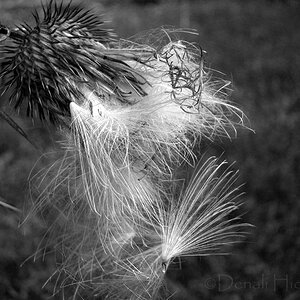
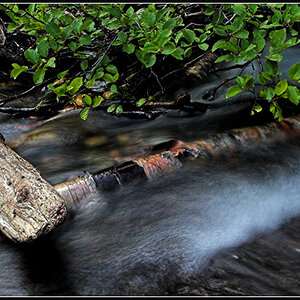
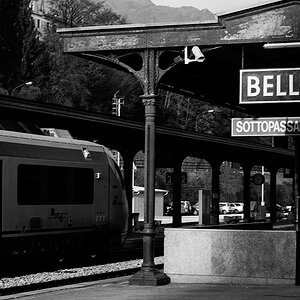
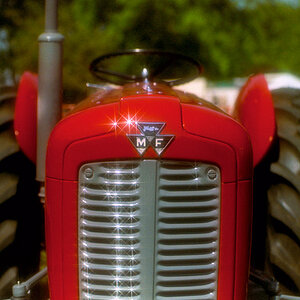
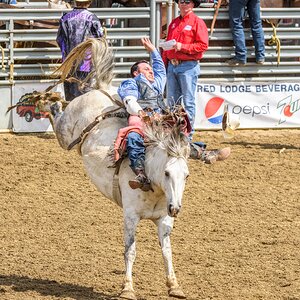

![[No title]](/data/xfmg/thumbnail/42/42482-3d0e794a92737ca7ecbc8125874457aa.jpg?1619740195)
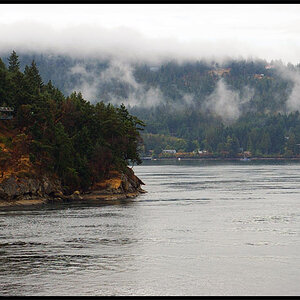
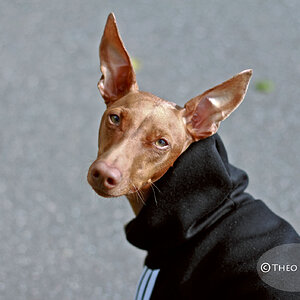
![[No title]](/data/xfmg/thumbnail/42/42480-70a0d1b3ccdeb380098dd12f512b4a17.jpg?1619740195)
![[No title]](/data/xfmg/thumbnail/36/36661-18a8e3651b710864d15fa75baedaac77.jpg?1619737675)
